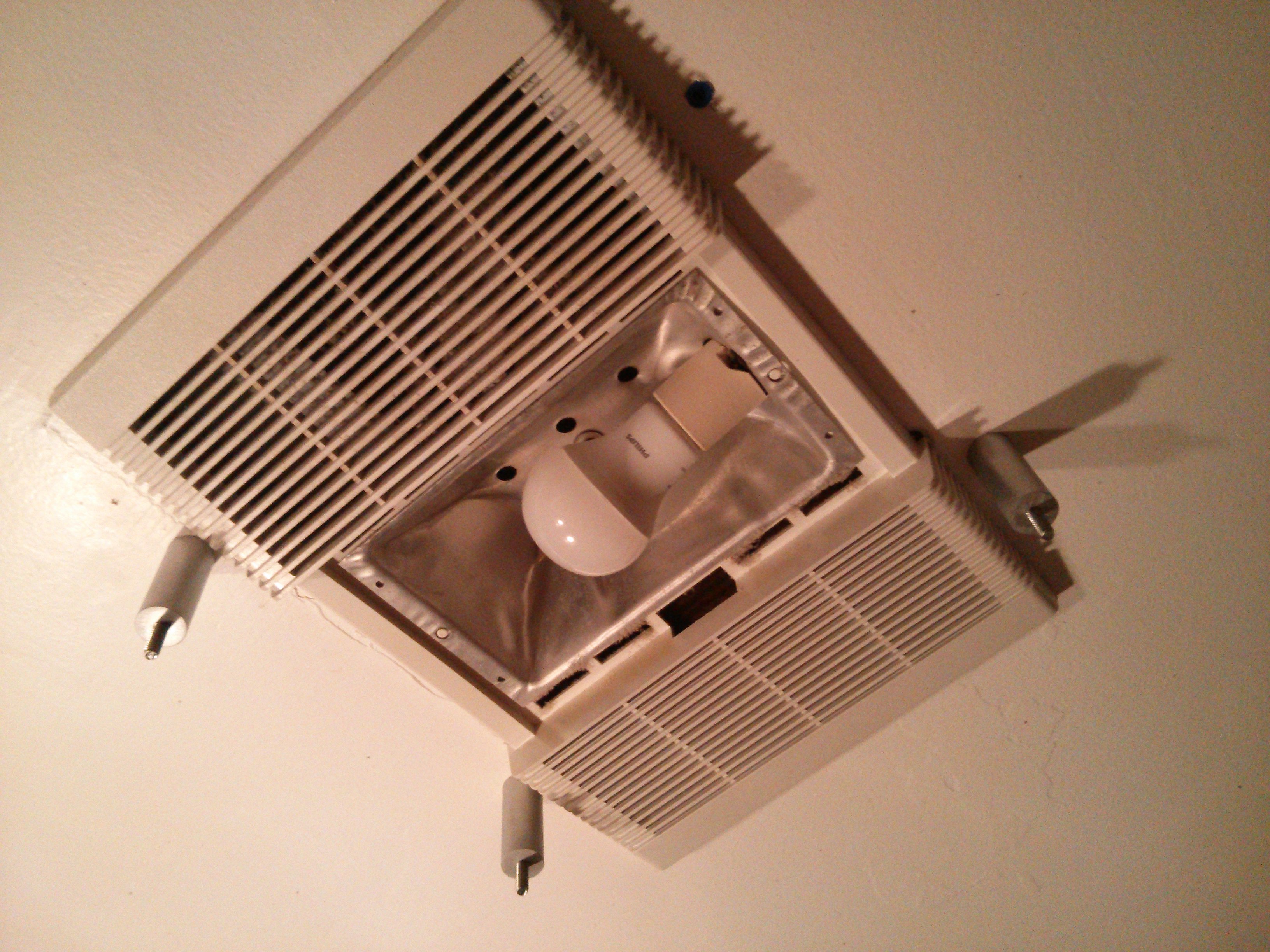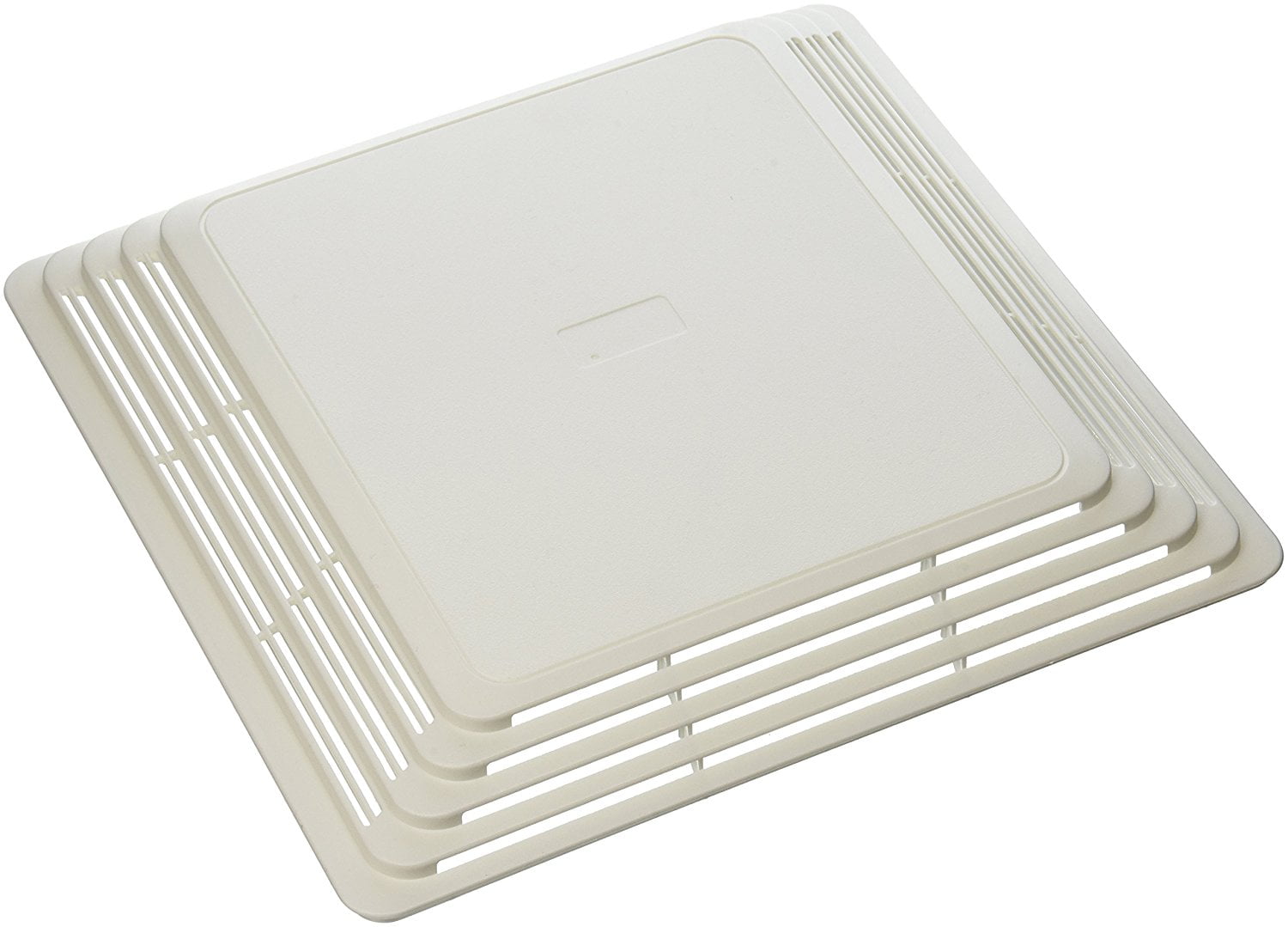Understanding Bathroom Exhaust Cover Replacement

Your bathroom exhaust cover is the unsung hero of your bathroom’s ventilation system. It may seem like a small, insignificant part, but it plays a crucial role in keeping your bathroom fresh, dry, and mold-free. It’s like the doorman of your bathroom, keeping unwanted moisture and odors at bay.
Signs You Need a New Bathroom Exhaust Cover
A worn-out exhaust cover can be a breeding ground for mold and mildew, making your bathroom feel damp and musty. Here are some signs that it’s time to replace your bathroom exhaust cover:
- The cover is cracked, broken, or missing parts. This can allow moisture to seep into your bathroom, leading to mold growth and a musty smell.
- The cover is discolored or stained. This is a sign of moisture buildup and potential mold growth.
- The cover is loose or wobbly. This can make it difficult for the fan to properly vent the bathroom, leading to moisture buildup.
- The cover is difficult to open or close. This can make it difficult to clean the fan or access the vent.
Types of Bathroom Exhaust Covers
There are a variety of bathroom exhaust covers available, each with its own set of pros and cons. Here’s a rundown of the most common types:
- Plastic covers: These are the most common type of exhaust cover, and they’re typically the most affordable. They’re lightweight and easy to install, but they can be prone to cracking and fading over time. They’re also not as durable as metal covers.
- Metal covers: Metal covers are more durable than plastic covers and can withstand more wear and tear. They’re also more resistant to fading and discoloration. However, they can be more expensive than plastic covers and may be heavier.
- Decorative covers: Decorative covers are designed to enhance the aesthetics of your bathroom. They come in a variety of styles and finishes, including chrome, nickel, and brushed stainless steel. They can add a touch of elegance to your bathroom, but they can also be more expensive than standard covers.
Pros and Cons of Different Bathroom Exhaust Cover Types
Here’s a table comparing the pros and cons of each type of bathroom exhaust cover:
| Type | Pros | Cons |
|---|---|---|
| Plastic | Affordable, lightweight, easy to install | Prone to cracking and fading, not as durable as metal |
| Metal | Durable, resistant to fading and discoloration | More expensive than plastic, can be heavier |
| Decorative | Enhance the aesthetics of your bathroom, come in a variety of styles and finishes | More expensive than standard covers |
The Replacement Process
Replacing a bathroom exhaust cover is a simple DIY project that can be done in a few minutes. This process involves removing the old cover and installing a new one. It’s a straightforward process that doesn’t require any special skills or tools.
Removing the Old Cover
Before you start, ensure you have the necessary tools: a screwdriver, a pair of pliers, and a new exhaust cover.
The first step is to locate the exhaust cover. It’s usually located on the ceiling of the bathroom, near the exhaust fan.
- Turn off the power to the exhaust fan at the circuit breaker. This is crucial for safety.
- Unscrew the screws holding the cover in place. You can use a screwdriver for this. If the screws are rusted or stubborn, you can use a pair of pliers to help loosen them.
- Carefully remove the old cover from the fan housing.
Installing the New Cover
Once you’ve removed the old cover, you can start installing the new one.
- Align the new cover with the fan housing.
- Secure the new cover in place using the screws that came with it.
- Turn the power back on to the exhaust fan.
Essential Tips for Safe and Successful Installation, Bathroom exhaust cover replacement
Here are some tips for ensuring a smooth and safe installation process:
- Always turn off the power to the exhaust fan before working on it.
- Use the right tools for the job. A screwdriver and a pair of pliers should be sufficient.
- Be careful when removing the old cover, as it may be brittle and prone to breakage.
- When installing the new cover, ensure it is properly aligned with the fan housing and that the screws are securely fastened.
Factors to Consider: Bathroom Exhaust Cover Replacement

Replacing your bathroom exhaust cover might seem like a simple task, but choosing the right one can make a big difference in your bathroom’s comfort and longevity. Think of it like choosing the right outfit for a special occasion – the wrong choice can leave you feeling uncomfortable and exposed!
Choosing the Right Size and Type
The size and type of exhaust cover you choose are crucial for effective ventilation. A cover that’s too small won’t be able to remove enough moisture, leading to a damp, uncomfortable bathroom. On the other hand, a cover that’s too large might be noisy and inefficient.
“A good rule of thumb is to choose an exhaust cover with a diameter that’s at least as large as the vent opening.”
- Size: Measure the diameter of your existing vent opening to ensure the new cover fits snugly.
- Type: There are different types of exhaust covers available, including louvered, grille, and decorative covers. Consider your bathroom’s style and the level of ventilation you need when making your choice.
Impact of Ventilation on Bathroom Humidity and Mold Prevention
Ventilation plays a vital role in controlling bathroom humidity, which can be a breeding ground for mold and mildew. Proper ventilation helps to remove excess moisture from the air, reducing the risk of these problems.
“Bathrooms are typically the most humid rooms in a house, so adequate ventilation is crucial for maintaining a healthy environment.”
- Humidity Control: An exhaust cover helps to remove moisture from the air, preventing condensation on walls and ceilings.
- Mold Prevention: By reducing humidity, a properly sized and functioning exhaust cover helps to inhibit the growth of mold and mildew, improving indoor air quality.
Meeting Local Building Codes and Safety Regulations
It’s important to ensure your new exhaust cover complies with local building codes and safety regulations. This might involve specific requirements for size, material, or installation methods.
“Check with your local building department for specific requirements in your area.”
- Code Compliance: Look for covers that meet the required standards for fire resistance, ventilation capacity, and installation.
- Safety Features: Some exhaust covers have built-in safety features like backdraft dampers that prevent air from flowing back into the bathroom when the fan is not running.
Potential Challenges and Complications
While replacing an exhaust cover is generally a straightforward task, there are a few potential challenges you might encounter:
- Difficult Access: If the vent is located in a hard-to-reach area, accessing and replacing the cover might require some creative maneuvering.
- Old or Damaged Ductwork: If the ductwork is old or damaged, it might need to be repaired or replaced before installing the new cover.
- Electrical Wiring: If the exhaust fan is connected to electrical wiring, be sure to disconnect the power before working on the cover. If you’re not comfortable working with electrical wiring, it’s best to call a qualified electrician.
